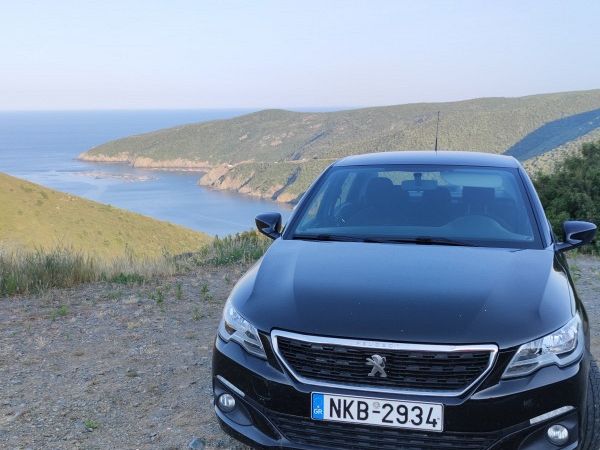General Info
Sithonia is the second of the three “fingers” of the Halkidiki Peninsula. The peninsula was named after Sithon, the son of Poseidon. There were several cities on this territory in ancient times: Galeps, Sing, Derra, Torona, and Sarta.
Many sights from the mysterious times have survived to the present day. Rent a car and have a drive to Sithonia’s most distinctive spots:
- Sarti – the city that hosts the Xiropotamos monastery;
- Toroni – a settlement with a fascinating history. Visit the church of St. Athanasios and the ruins of the ancient acropolis while you are there;
- Sykia – it is famous for its picturesque views and comfortable beaches;
- Neos Marmaras – it is a town for fun-seekers. There are numerous taverns, cafes, and other places to unwind in it;
- Porto Koufo – it is a beautiful bay at the very tip of the peninsula, an area that was formerly known as a submarine station during World War II.
Sithonia’s most notable feature is its beaches. Every coastal city has beaches to suit every taste: pebble beaches, sand beaches, bay beaches, and open water beaches. It is a paradise for travellers who adore lying in the sun.



